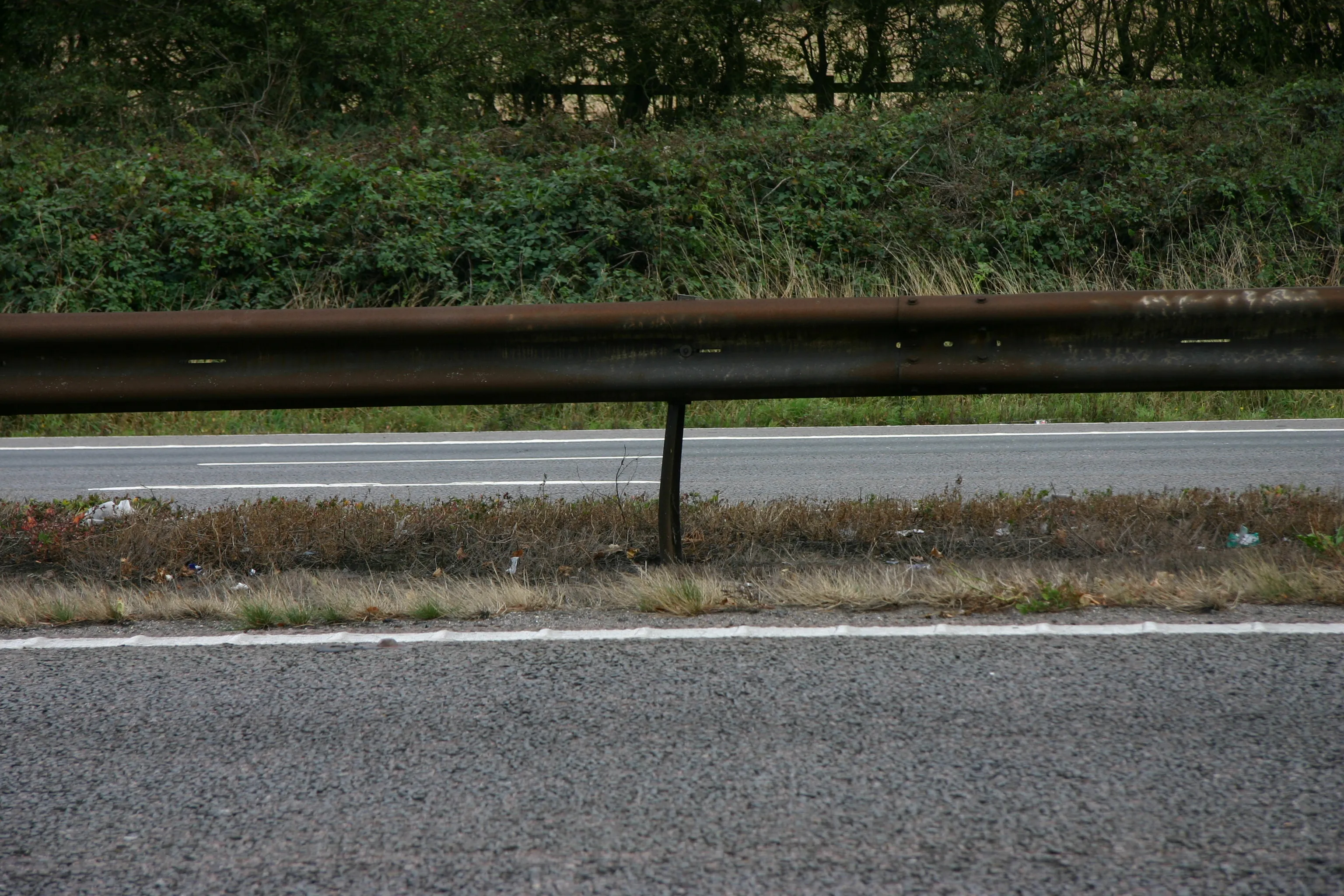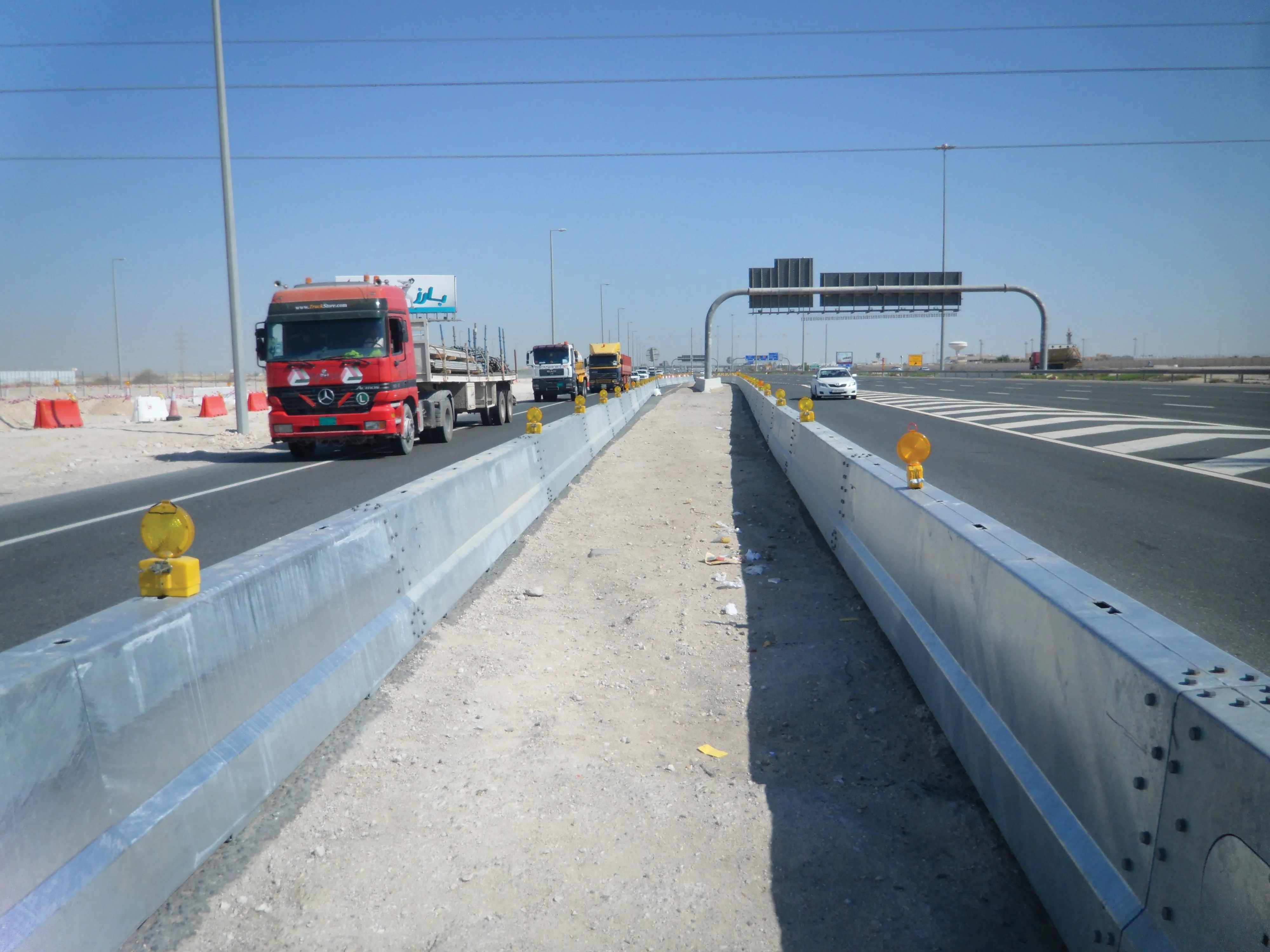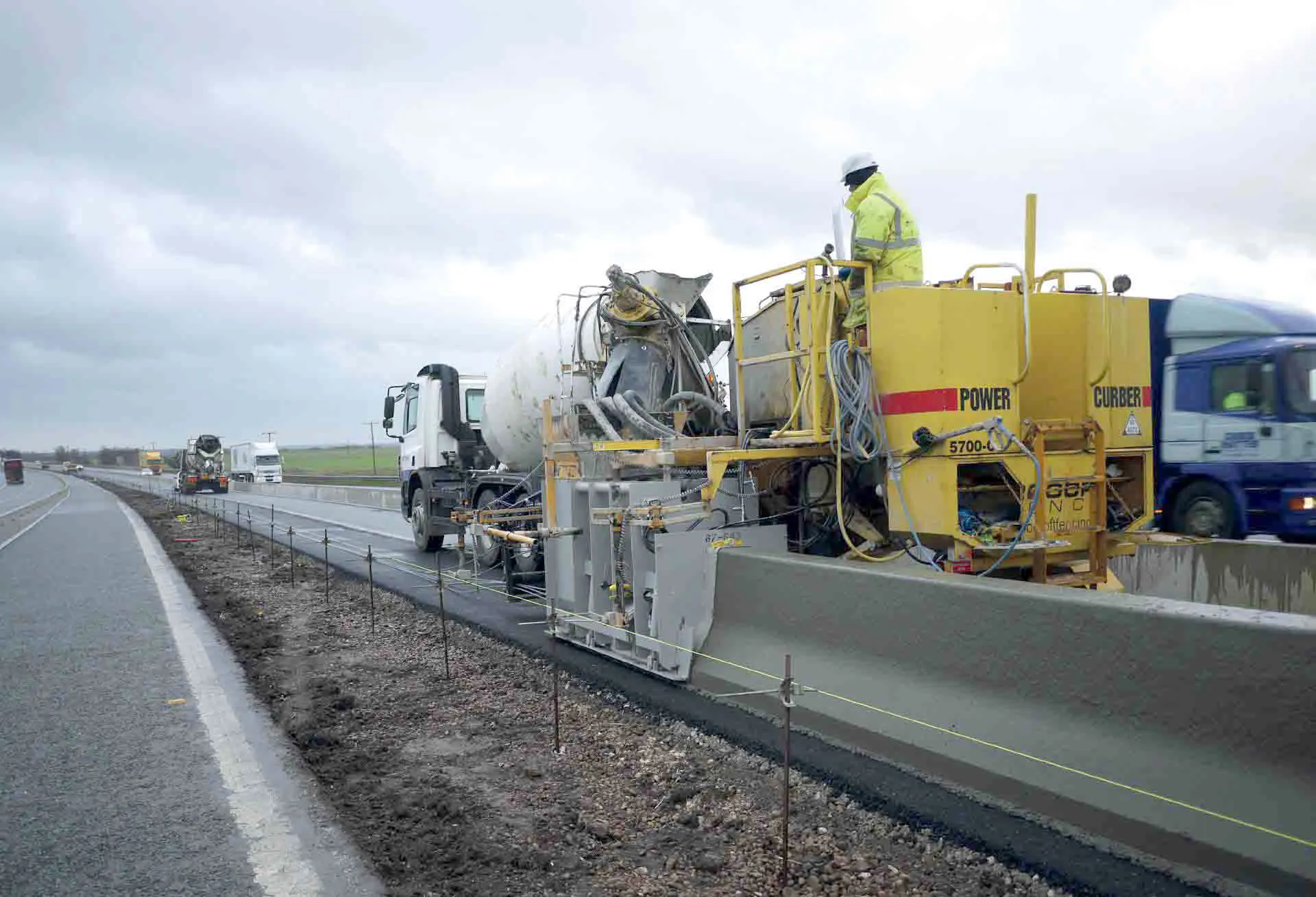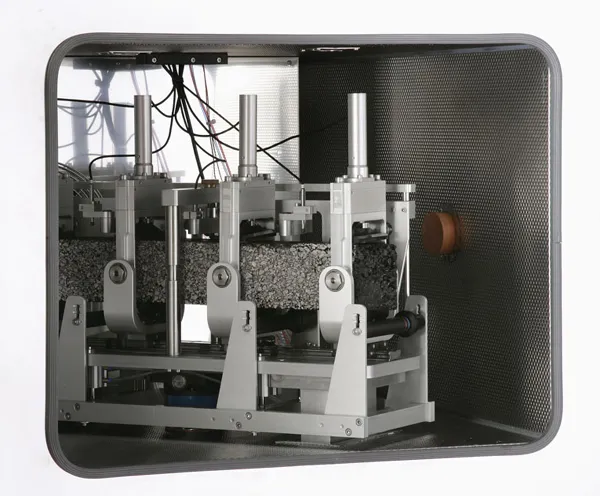French company Rondino Road has boosted the performance of the compay’s latest wood-steel road guardrail. Rondino says the GRP guardrail is the first wood-steel guardrail in the world with such high performance values - CE certified according EN1317, crash tested at LIER TRANSPOLIS - N2 level from W2 to W5, the GRP offers high safety solutions.
Installation of the GRP guardrail is fast and easy with only steel beam, post, bolts, wood beam and wood mask being essential. The big advantage, according to Ron
July 5, 2016
Read time: 2 mins

French company Rondino Road has boosted the performance of the compay’s latest wood-steel road guardrail. Rondino says the GRP guardrail is the first wood-steel guardrail in the world with such high performance values - CE certified according EN1317, crash tested at LIER TRANSPOLIS - N2 level from W2 to W5, the GRP offers high safety solutions.
Installation of the GRP guardrail is fast and easy with only steel beam, post, bolts, wood beam and wood mask being essential. The big advantage, according to Rondino, is also for maintenance and inventory management because the range of GRP guardrails allows it to fit all technical solutions (from W5 to W2) using the same components.
The GRP guardrail is a performance guardrail that brings more safety to users by protecting them from obstacles - W2 performance. Moreover, the ASI - impact severity level - is A class, meaning that for the passengers of the vehicle it reduces risk of injury while the guardrail absorbs energy.
Aesthetically, the GRP guardrail is very pleasing, bringing a positive aspect to the environment. Wood used is Pine Class 4 in order to warranty the best durability and the efficiency of the performance of the product.
Rondino, based nerar Montbrison, France, said that its guardrails are crash-tested at LIER laboratory and meet the requirements of EN1317.
Installation of the GRP guardrail is fast and easy with only steel beam, post, bolts, wood beam and wood mask being essential. The big advantage, according to Rondino, is also for maintenance and inventory management because the range of GRP guardrails allows it to fit all technical solutions (from W5 to W2) using the same components.
The GRP guardrail is a performance guardrail that brings more safety to users by protecting them from obstacles - W2 performance. Moreover, the ASI - impact severity level - is A class, meaning that for the passengers of the vehicle it reduces risk of injury while the guardrail absorbs energy.
Aesthetically, the GRP guardrail is very pleasing, bringing a positive aspect to the environment. Wood used is Pine Class 4 in order to warranty the best durability and the efficiency of the performance of the product.
Rondino, based nerar Montbrison, France, said that its guardrails are crash-tested at LIER laboratory and meet the requirements of EN1317.









